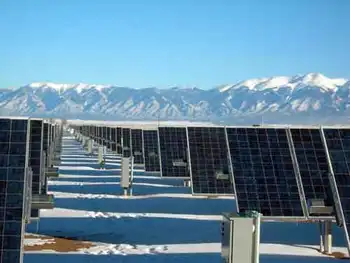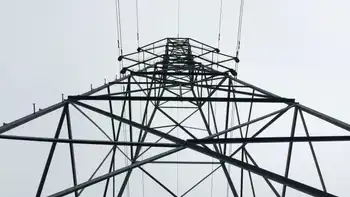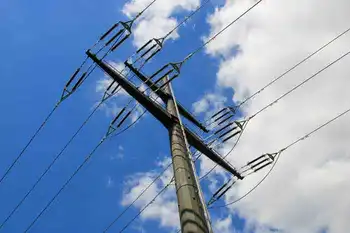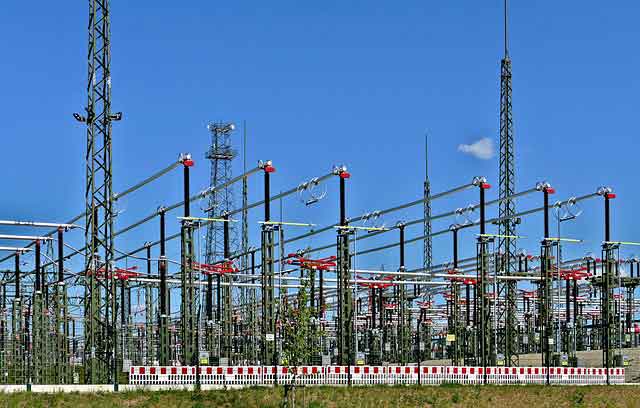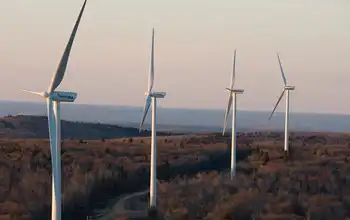Mitsubishi supplies replacement generators to EDF
By Industrial Info Resources
Protective Relay Training - Basic
Our customized live online or in‑person group training can be delivered to your staff at your location.

- Live Online
- 12 hours Instructor-led
- Group Training Available
With this consignment, the total number of nuclear units supplied by MHI to EDF since 2005 will increase to 15.
The steam generators will be utilized at one of EDF's nuclear power plants in France, which houses a 900 megawatt-electric pressurized water reactor PWR. The move is part of the company's initiative to replace the steam generators at all of EDF's PWR plants that have been operating since the 1980s.
The order for the RSGs has been awarded to the MHI and Comex Nucléaire SA CxN through an international bidding process. MHI and CxN have been working together on nuclear projects in France since 2002. The 21-meter-tall steam generator, weighing approximately 300 tons, comprises a pressure-resistant container made from low-alloy steel, which is an alloy of nickel steel, manganese and molybdenum. The container will hold about 4,000 heat transfer tubes made of TT690, another heat-treated alloy. The order will be executed at MHI's Kobe Shipyard & Machinery Works.
Steam generators are a vital part of a nuclear power plant in the heat-transfer process. They transmit the heat generated within the reactor to a secondary coolant network. The component also operates the turbines using the steam generated from the process. Steam generators also serve as a pressure boundary that maintains the primary coolant water in a high-pressure and high-temperature atmosphere.
Manufacturing steam generators requires very precise technology and a great deal of experience and know-how. MHI is one of the few companies in the world that is capable of producing steam generators.
CxN is a provider of specialized services and maintenance solutions for nuclear power plants and will offer expertise in a few select areas of this venture. The company will carry out engineering and other specific studies in addition to ensuring that the processes adhere to regulations and standards applicable in France. CxN will also handle the licensing process with the French authorities. Supervision and guidance of European and French subcontractors, transportation of the generators to the installation site and on-site supervision of the installation will also be performed by CxN.





